Avoiding the constant hardships your investment might face due to the environment is easy, though. You just have to find the right decking material. Ramirez Brothers Painting and Pressure Washing helps with that. Our specialists have answered the question of the ages: What is the best deck material for Cincinnati weather? Explore the variety of options available to find the one that leads to a dream deck you’ll love every season.
Summarizing the Types of Deck Materials
However, instead of spending hours researching each and every one of them, below is a quick rundown of the different types of decking materials you might encounter at a hardware store:
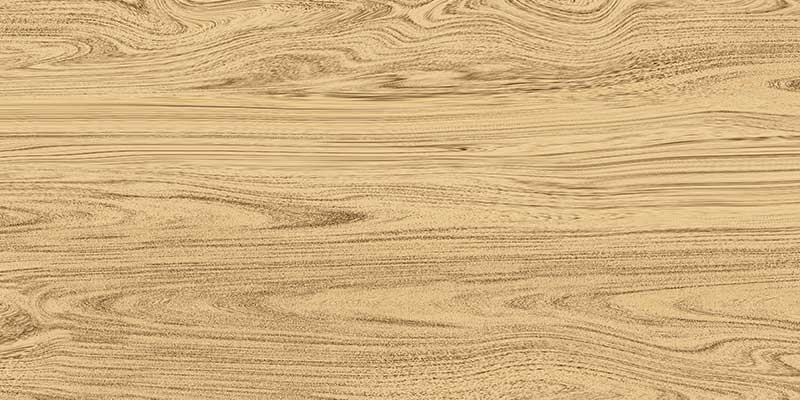
Traditional Wood Decking: Natural cedar, redwood, or hardwood boards deliver classic beauty and can be sanded or stained for a fresh look.

Composite Decking: Made from recycled wood fibers and plastic, composites mimic wood grain while resisting moisture, insects, and fading.
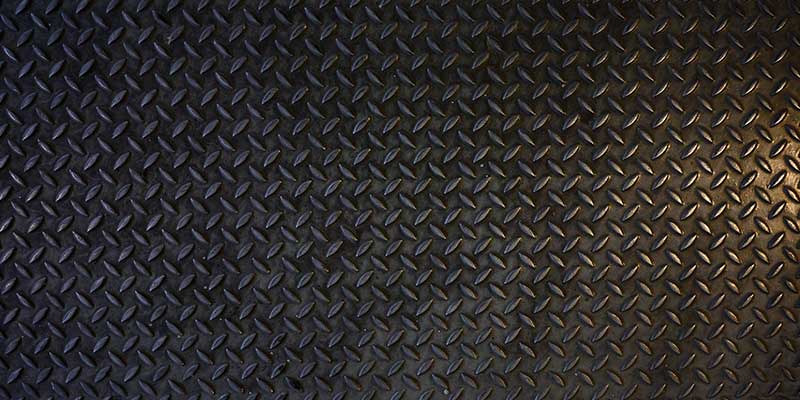
Aluminum Decking: Interlocking, powder-coated planks are 100% waterproof, fire-safe, and surprisingly cool underfoot.

Pressure-Treated Decking: Standard pine infused with preservatives is the most popular, as it’s both affordable and easy to source.

Plastic Decking: Fully synthetic boards known for not splintering or rotting, resisting insects, and shedding moisture without problems.
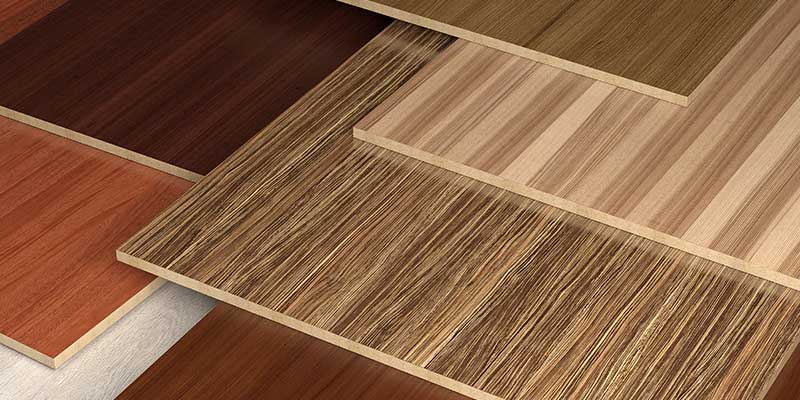
PVC Decking: Solid or foamed polyvinyl chloride boards are the most water-resistant, shrugging off freeze-thaw cycles with zero swelling.
Traditional Wood Decking
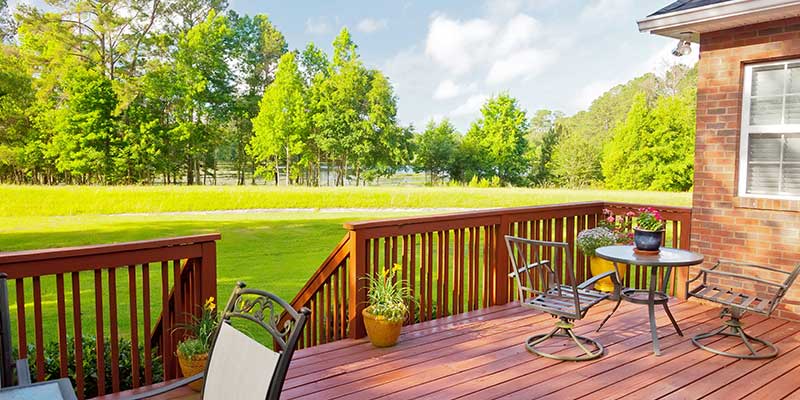
Natural wood is one of the most popular deck material options. Softwoods like cedar and redwood, hardwoods such as mahogany, and even tropical hardwoods like ipe wood are among the traditional wood options Cincinnati homeowners prefer. And for many good reasons:
Pros for Cincinnati homes
- Authentic grain and warm tones create a classic Midwestern porch aesthetic many people love.
- Real wood can be locally sourced, cutting down on transportation emissions.
- Wood planks are easy to sand and refinish when color fades or scratches appear, making them ideal for hands-on DIYers.
Cons to consider
- Open grain absorbs humidity like crazy, and repeated wet-dry cycles eventually accelerate warping and splitting.
- Traditional lumber requires annual cleaning plus staining or sealing every one to two years to combat fungal growth fostered by our muggy summers.
- High-quality, exotic hardwoods cost more up front, and dense boards can be challenging to fasten without specialized tools.
Conclusion: Wooden decks offer the timeless aesthetic your neighbors and visitors will envy, lasting decades when meticulously maintained. But while they make up a beautiful deck, you must stay vigilant with sealants. Plus, they are, quite frankly, among the most expensive options in this list. So if you’d rather save up and spend your Saturdays exploring the local markets, keep reading.
Composite Decking
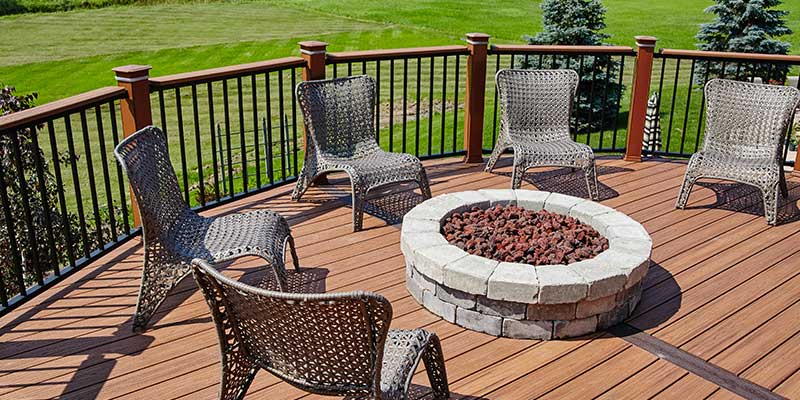
Composite wood decking is a mix of recycled materials, specifically wood fibers and plastic, blended into capped or uncapped boards. It is a popular choice because it mimics the look of wood without the premium price tag.
Pros for Cincinnati residents
- Composite deck boards resist rot, insects, and road-salt runoff, often found during our infamous icy winters.
- Colorfast technology cuts down on fading even under intense July UV rays.
- Composite materials are low maintenance, requiring only a periodic soap-and-water rinse, with no sanding or staining.
Cons to remember
- Composite boards retain heat on blazing summer afternoons. We suggest choosing lighter colors or grooved textures to avoid this.
- It’s a material heavier than PVC or aluminum, so structural framing may need extra support.
- Mid-tier composites can struggle with extreme freeze-thaw cycles if water seeps into cut ends. Therefore, proper sealing is a must.
Too long, didn’t read? For homeowners searching for the perfect balance of exotic wood aesthetics and hassle-free upkeep, composite decking is simply the ideal choice. When installed by professionals, top-tier composite easily weathers decades of storms and sunshine.
Aluminum Decking

Aluminum decking is made of interlocking extruded-aluminum planks, finished with powder-coat colors that mimic painted, beautiful wood. And, it is, in our opinion, one of the best materials for an outdoor deck. No, really, we mean it, because:
Pros for Cincinnati homeowners
- This material is completely impenetrable to moisture, and even snowmelt drains through hidden channels, preventing ice sheets.
- The reflective surface stays surprisingly cool, even when summer’s humidity soars.
- It provides a superior slip resistance and a class-A fire rating, guaranteeing peace of mind for grilling enthusiasts.
Cons to keep in mind
- The metallic footfall noise might sound hollow without rubber gaskets or in-joist tape.
- Industrial vibe doesn’t suit every architectural style, despite color options.
- It’s the highest upfront material cost of any option in this guide.
The main takeaways: Aluminum is the engineering student of deck boards. It offers a straight-A performance, especially in durability and longevity, but with an added personality you can’t find in other materials. However, it also beats wood materials in the cost department, so you must ensure this is an investment you are willing to make before purchasing.
Pressure-Treated Decking

Speaking of resistant materials, we couldn’t forget pressure-treated decking. It’s created from southern yellow pine injected with preservatives, meant to resist rot and insects. It’s the entry-level board in the entire country, found in any hardware store you might go to. Why? Well:
Pros for Cincinnati locals
- Pressure-treated boards are budget-friendly and stocked at every local lumberyard.
- It’s simple to cut, fasten, and repair with basic carpentry skills.
- Chemical treatment slows decay from moisture-loving fungi prevalent in our region.
Cons to think about
- Still prone to surface cracks as boards dry after installation.
- A green or brown tint can bleed through semi-transparent stains, limiting color choices.
- It requires power washing and sealing yearly to prevent splinters and mildew.
Final thoughts: Pressure-treated wood is popular for its low price, but being completely honest, in the long run, you might spend more on refinishing than what you initially saved. If you need a quick outdoor space transformation today and plan to upgrade later, this is the solution.
Plastic Decking
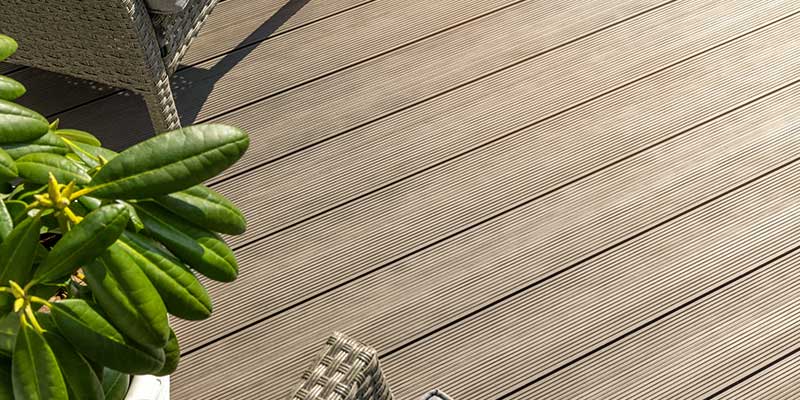
Plastic is one of the best deck options on the market right now, at least for those residents looking to remain environmentally friendly. The boards are made entirely from high-density polyethylene (HDPE) or polypropylene, often produced from post-consumer plastics.
Pros for Cincinnati families
- The non-porous core repels moisture, meaning the snow, sleet, and spring rains simply bead up.
- Lightweight boards reduce strain on joists, perfect for elevated decks overlooking hilly yards.
- Many products are fully recyclable, aligning with eco-conscious lifestyles.
Cons to regard
- It feels more flexible underfoot and requires joists spaced twelve inches on-center to avoid bounce.
- Not many style options are available, as the color palette leans toward contemporary hues. Authentic wood-grain replication is improving, but it is still less convincing than composites.
- UV exposure may cause chalking on bargain brands. We advise buying products with potent UV inhibitors.
In simple words? All-plastic deck boards excel at water resistance and sustainability goals. With proper framing and a reputable manufacturer, they can be the smartest choice for homeowners who want green credentials without sacrificing weekend breather time.
PVC Decking

When searching “What is the best deck material?” you might have found PVC to be one of the top options. These decks are built from advanced polyvinyl-chloride boards, sometimes called “capped polymer,” featuring foamed or solid cores and a co-extruded protective layer. And they are beloved because:
Pros for Cincinnati property owners
- Their near-zero water absorption eliminates freeze-thaw cracking, even during February cold snaps.
- Mold, mildew, and insect resistance deliver a spotless surface through humid August evenings.
- It’s lighter than composite, making installation faster and easier for projects.
Cons to not forget
- Premium price tier, second only to aluminum.
- Early PVC formulations felt plastic-y underfoot. Modern textured caps improve realism but still lack the aroma of real cedar.
- Thermal expansion is higher than that of wood. Therefore, installers must honor gap recommendations to prevent buckling.
To recapitulate: For homeowners who view maintenance as a chore, PVC offers the lowest lifetime labor effort. Opt for fade-resistant colors, follow installation rules, and you’ll own a deck that’s resistant to weathering, even the harshest winters.
Revamp Your Outdoor Deck with Our Painting Services in Cincinnati, OH!
So… “What is the best deck material for you?” Truthfully, every backyard, budget, and family lifestyle is unique. In that sense, “ideal” deck boards are the ones that combine climate performance with your personal goals.
However, if you already own a structure but the materials look tired, or maybe you bought the boards already, and the colors are not convincing you, we have the answer. Our local team specializes in power washing, painting, and repairing the dullest decks. Our fresh coat of hues will make your investment look flawless under Cincinnati’s radiant sun! Contact us today to request your free estimate!

